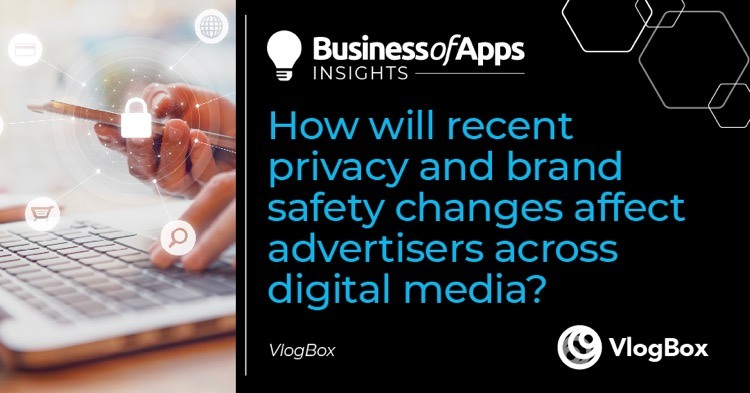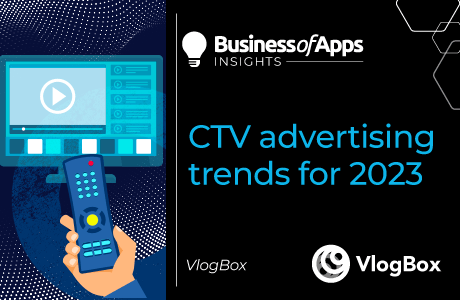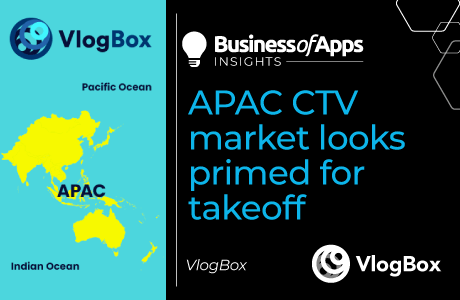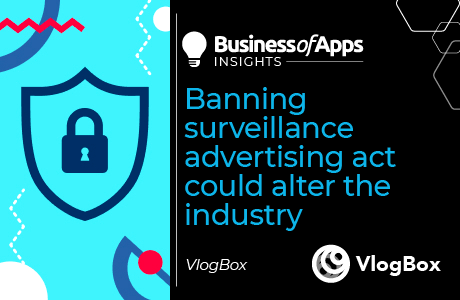
There is a reason why platforms like Google, Facebook, or TikTok hold important places in each marketer’s toolkit. The amount of data aggregated and processed through these platforms allows for advertising with great accuracy. But Big Data is a double-edged sword: unfortunately, some advertisers stop at nothing to reach their goals, even if that means abusing vulnerable population sectors. Consequently, it didn’t take too long for major advertising platforms to start tightening up regulations.
Google, Facebook, and TikTok are rightfully considered as the powers that be: every time they introduce changes, the rest of the world holds their breath to see what might be coming next. So here are the privacy and brand safety changes that are yet to come in 2022 and beyond.
Google’s topics API Will take over FLoC
Time is working against Google, which promised to deliver an alternative to third-party cookies by 2023. Google previously said it would be all set to accomplish this by 2022, but it then said it would have to be postponed until the following year.
The initial option was Federated Learning of Cohorts (FLoC). This technology splits users into cohorts based on their browsing history, where each cohort is defined by a specific attribute (e.g., jazz lovers). But when Google started pitching this technology to advertisers, it received a major backlash in the media. Google would have little control over how FLoC groups users based on an unsupervised algorithm. Some specific attributes can be overrepresented across some cohorts (e.g., female, LGBTQ+ youth, Republican), revealing more than necessary for comfort.
The initial FLoC trial results proved somewhat disappointing, so Google introduced Topics API instead. This technology follows a similar idea but allows users to have more control over the information they share. Each user gets three to five topics (that can be modified by a user) assigned every three weeks, depending on the browsed content. So far, there are 350 topics of interest, but this number will grow.
So what was the reaction of the advertising community to Topics API? So far, not that great. Many people raised concerns that the advertising accuracy would be affected with very few broad topics available. The main problem is that narrowing down topics would make them too specific – the main reason FLoC failed in the first place over privacy concerns. But whether Topics API will be an effective targeting tool remains to be seen: Topics API is expected to proceed to the trial stage soon.
Facebook introduces additional news feed controls
Last year’s iOS 14 update negatively impacted advertising on Facebook. So while Google introduces changes to protect viewers, Facebook is trying to make it up to advertisers. Facebook started changing news feeds a while ago, gradually introducing controls to manage content that users can see coming from their friends, groups, and business pages. But the newest update gives advertisers more control over where their ads can appear.
Currently, Facebook enables advertisers to use the topic exclusion controls to prevent serving ads to people engaged in politics, social issues, or crime-related subjects. Any professional advertiser is aware of brand-safety concerns and the importance of context in which ads show up. This recent move by Facebook was intended to ensure that advertisers have the right means to avoid any negative connotations with such sensitive subjects.
Similar brand-safety controls have been available for other Facebook placements, such as in-stream videos. However, Facebook’s news feed remains one of the most desirable spots for advertisers, so there has been positive reception to the newest Facebook changes among professional marketers.
Facebook admits that the current solution might not be able to address all possible concerns as some advertisers might be seeking an extra level of granularity. Thus there is a possibility that this latest addition is only temporary and will be refined in the future.
Ultimate App Growth Guide 2025
Boost your app’s success with the Ultimate App Growth Guide! 🚀 Expert insights, proven strategies & must-know tips. Download now!
Master app growthTikTok partners with Zefr over post-campaign assessment
As one of the fastest-growing apps ever, TikTok takes brand safety issues very seriously. TikTok has previously partnered with OpenSlate and IAS, and now this duo will be accompanied by Zefr. What’s the difference between these third-party solutions? OpenSlate and IAS handle matters at the pre-campaign state, whereas Zefr provides post-campaign assessment.
The machine learning engine processes video content on TikTok, giving valuable insights at the campaign, video, and creative levels. The Zefr’s dashboard shows campaign safety and sustainability grades based on 11 Global Alliance of Responsible Media (GARM) categories.
TikTok has been reasonably effective in ensuring that all content meets community guidelines: nearly 88% of violating videos get removed before anyone sees them. That still leaves some probability of ads showing up in an undesirable context; however, solutions like Zefr rule out this option, making it even less than possible.
At the beginning of 2022, advertising on TikTok is available in nearly 20 countries – which isn’t enough to rival Facebook or YouTube at the moment. But TikTok has been brilliant at integrating ads into the platform, making them feel less like ads and more like regular content. The outlook of TikTok advertising looks bright for the time being.
CTV advertisers to meet the CPRA regulations
The California Consumer Privacy Rights Act (CPRA) will go into effect in 2023, giving the heads up and some time to CTV/OTT advertisers to become compliant. The current state of CTV/OTT advertising gives grounds to suggest there’s significant room for data privacy improvements. As the key CTV advertising players currently have a limited view of their responsibility, additional thought should also be given as to what targeting practices should be allowed to remain.
How can CTV advertisers prepare for the CRPA? It boils down to how personal information is collected and used. It’s not something that marketers haven’t seen before (GDPR, namely): it’s just never made its way to the CTV/OTT advertising industry yet. So similar privacy concerns should be taken into account.
Here is how it works: consumers must be provided with an option to opt out. Those who willingly want to share their data must acknowledge how this information is collected and used. Any third parties that get access to consumer data fall under the same obligation to meet CPRA regulations, which means that the necessary contract changes must be made by 2023.
The bottom line
All in all, with so much uncertainty about privacy regulations, advertisers will likely rely on using first-party data even more, despite Google’s best efforts to introduce adequate cookie replacements. However, it’s not all gloom and doom: in light of new brand safety changes, marketers now can rest assured that their brand reputation is taken care of.
It’s essential to carry on throughout 2022 with an open mind as CTV advertising is gaining momentum, and new regulations will also make it a safer place for consumers.










